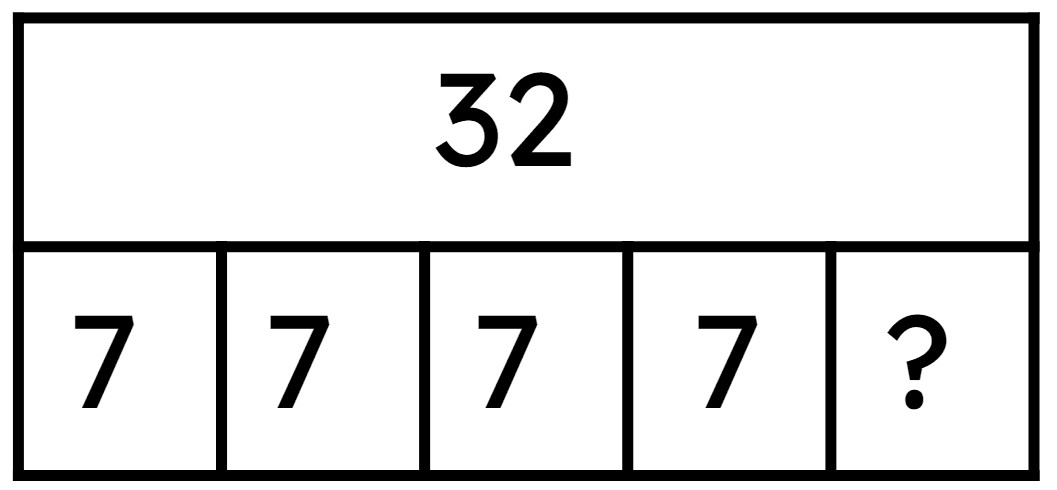Myths about teaching can hold you back
- Year 4
Represent division by grouping with multiplication and addition equations
I can represent and interpret division by grouping where there is a remainder using multiplication and addition.
- Year 4
Represent division by grouping with multiplication and addition equations
I can represent and interpret division by grouping where there is a remainder using multiplication and addition.
These resources were made for remote use during the pandemic, not classroom teaching.
Switch to our new teaching resources now - designed by teachers and leading subject experts, and tested in classrooms.
Lesson details
Key learning points
- Objects can be divided into equal groups, sometimes with a remainder.
- Multiplication facts can be used to solve grouping problems.
- Multiplication and addition can show when a set of objects has been divided into equal groups with a remainder.
Keywords
Groups - Grouping is when we divide a number of objects into equal groups. We know the total number of objects and the number of objects in each group, but we do not know how many equal groups there are.
Remainder - A remainder is the amount left over after division when the dividend does not divide exactly by the divisor.
Divided - Division means splitting into equal parts or groups. ___ is divided into groups of ___
Common misconception
When writing equations to represent part-part-whole models, children may have difficulty recording the number of groups (as this numeral is not written in the model) and revert to repeated addition.
Encourage children to articulate their thinking as they record, e.g. there are ___ groups of ___ and a remainder of ___
To help you plan your year 4 maths lesson on: Represent division by grouping with multiplication and addition equations, download all teaching resources for free and adapt to suit your pupils' needs...
To help you plan your year 4 maths lesson on: Represent division by grouping with multiplication and addition equations, download all teaching resources for free and adapt to suit your pupils' needs.
The starter quiz will activate and check your pupils' prior knowledge, with versions available both with and without answers in PDF format.
We use learning cycles to break down learning into key concepts or ideas linked to the learning outcome. Each learning cycle features explanations with checks for understanding and practice tasks with feedback. All of this is found in our slide decks, ready for you to download and edit. The practice tasks are also available as printable worksheets and some lessons have additional materials with extra material you might need for teaching the lesson.
The assessment exit quiz will test your pupils' understanding of the key learning points.
Our video is a tool for planning, showing how other teachers might teach the lesson, offering helpful tips, modelled explanations and inspiration for your own delivery in the classroom. Plus, you can set it as homework or revision for pupils and keep their learning on track by sharing an online pupil version of this lesson.
Explore more key stage 2 maths lessons from the Division with remainders unit, dive into the full primary maths curriculum, or learn more about lesson planning.

Licence
Prior knowledge starter quiz
6 Questions
Q1.Which symbol is used for division?
Q2.There are 16 cookies. 2 cookies are put into each bag. Which statement matches this story?
Q3.There are 40 cakes. 5 cakes are put into each box. Which division expression matches this story?
Q4.Jun saw some seastars with 5 legs. He counted 45 legs altogether. How many seastars did he see?
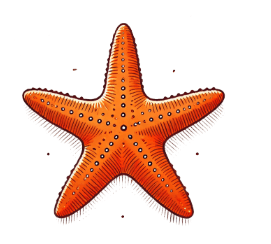
Q5.Jun saw some crabs with 10 legs. There are 120 legs altogether. How many crabs did he see?
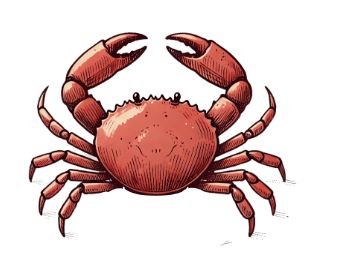
Q6.There are 20 children. Which equal-sized groups could they get into without any children being left out?
Assessment exit quiz
6 Questions
Q1.This image shows equal groups that have been made and a counter left over. The leftover counter is called a .
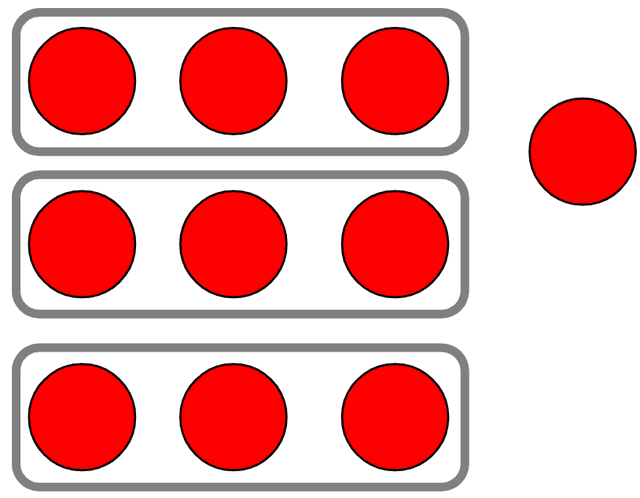
Q2.Look at the image. 10 has been divided into groups of 3 There are 3 equal groups and a remainder of

Q3.Which equation represents this image?
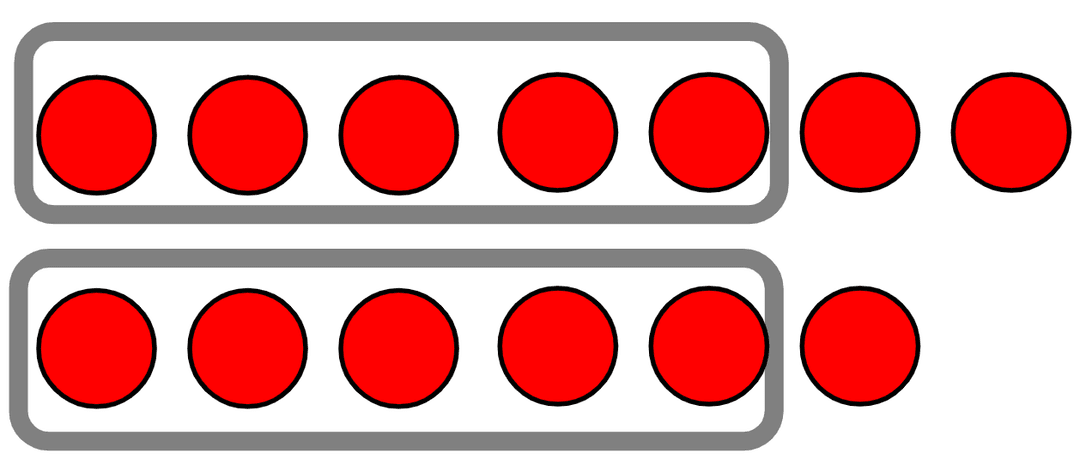
Q4.Which part-part-whole model represents this equation? 17 = 3 × 5 + 2
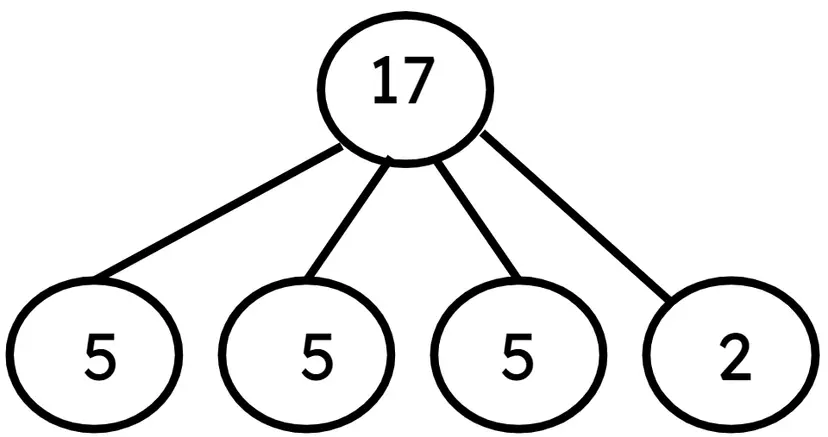

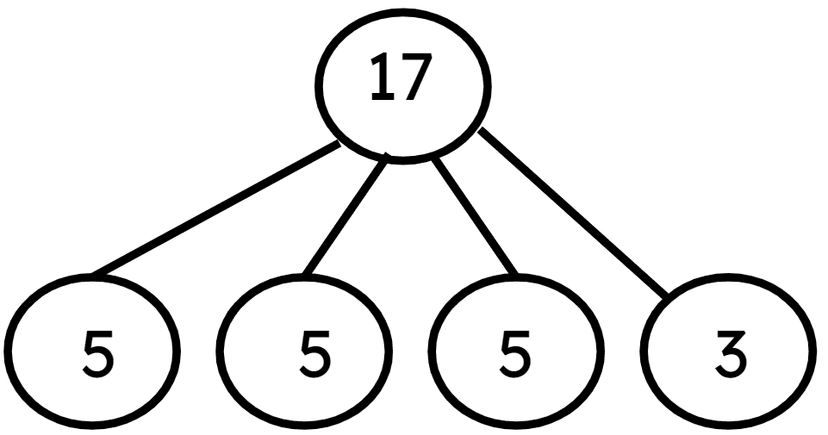
Q5.Sofia divides some counters into equal groups of 9 with a remainder of 3. How many counters did she start with?
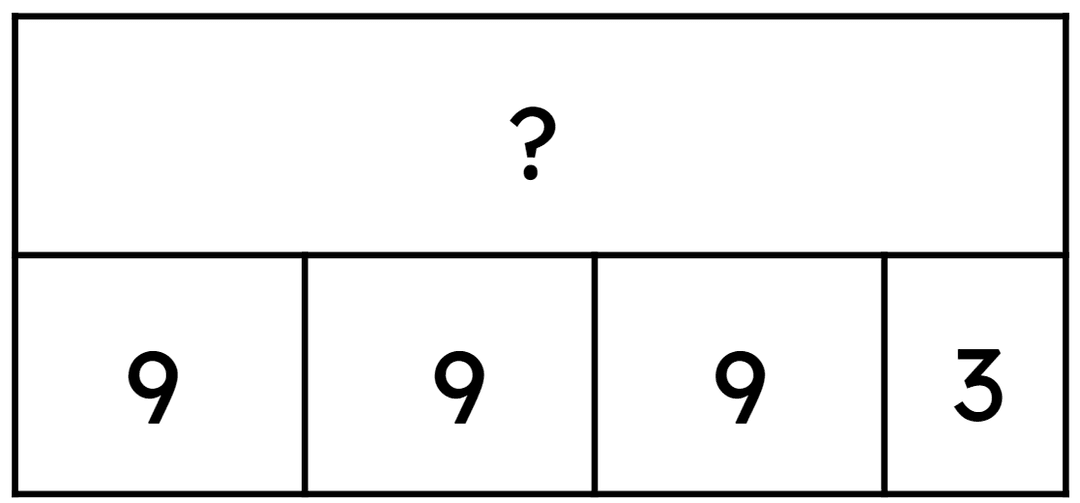
Q6.Look at the image. What is the remainder?
